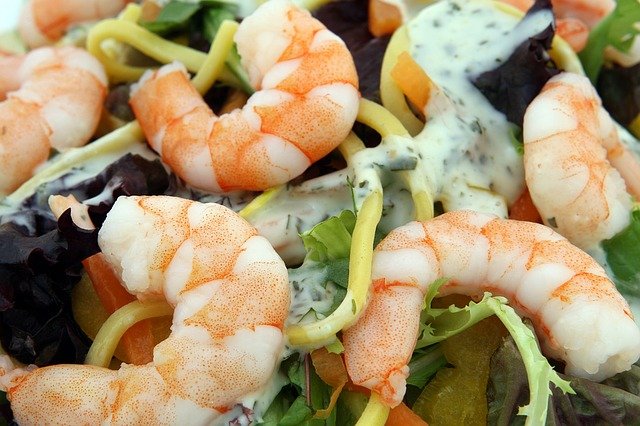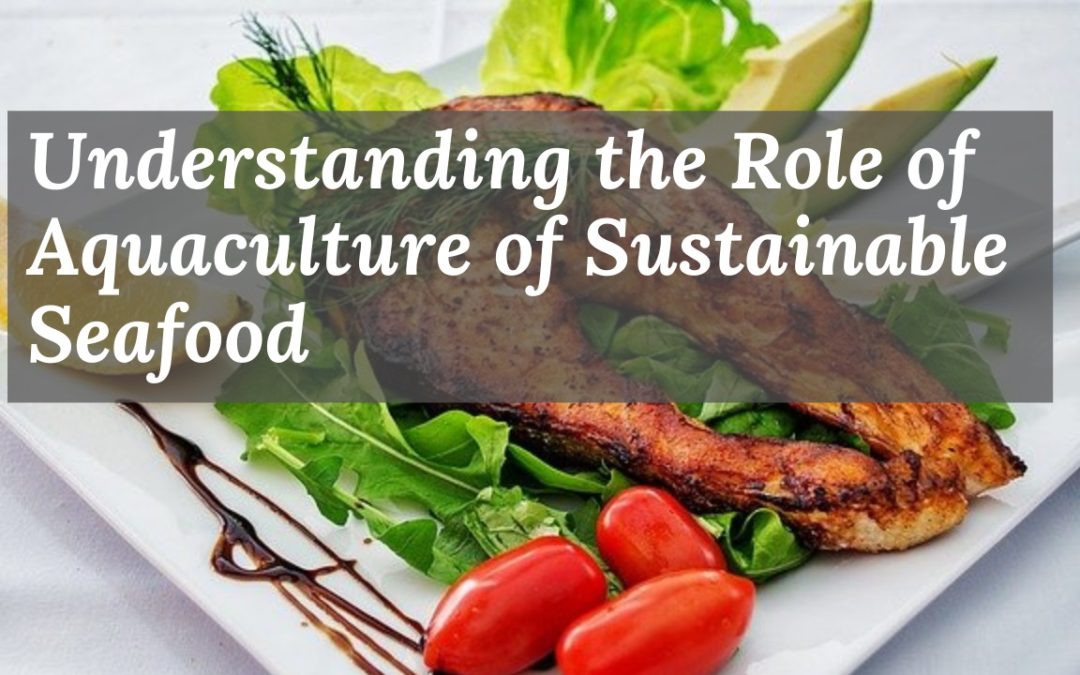Due to the fact that overfishing in the oceans and other natural water sources are increasing yearly, there is a great need to meet the increasing demand for fish for the planet’s increasing population. The days of waiting for the oceans’ natural production of fish are over and sustainable aquaculture should be embraced if the increased demand for seafood is to be met.
There has been great exploitation of wild fish with some reports estimating that the annual catch of edible marine seafood has already surpassed its peak. The oceans cannot keep up with the rising demand for seafood and that calls for an understanding of how to practice sustainable aquaculture. Aquaculture is the only means available at the present moment that can help bridge the gap that exists in the demand and supply of seafood.
Engaging in responsible and sustainable fish farming is the solution that the world needs right now as it’s capable of meeting future generations with a steady supply of fish in an environmentally friendly way. Aquaculture can be practiced in a sustainable way and that can be quite beneficial to the consumers. Seafood is quite resource-efficient as it has the highest level of protein retention when compared to pork, chicken, and beef.
Seafood also has the lowest feed conversion ratio when compared to other forms of protein. Aquaculture farming also has the lowest form of greenhouse gas emissions. Here are some of the things that one should understand about aquaculture farming;

Aquaculture can be Practiced the World Over
When it comes to the practice of aquaculture, one is not limited to places around the oceans or other natural water sources as aquaculture can be practiced from anywhere including inland tanks. The fact that aquaculture can be practiced everywhere makes it possible for it to help bridge the gap in seafood supply and demand. One of the greatest challenges that humanity is faced with is the need to feed the growing population with a healthy diet that’s produced in a way that doesn’t threaten the environmental systems.
Fish accounts for over 17% of the animal protein that’s consumed globally and projections into the production of seafood suggest a limited growth of wild fish which means that the increasing demand can only be met through the practice of aquaculture.
Aquaculture is the Future of Seafood
The role that seafood is likely to play in the supply of animal protein is quite clear going by the dwindling supply of wild-caught fish. For a proper understanding of aquaculture farming, one should be well conversant with the interconnections between land resources, aquatic production, seafood production, and consumption. Having knowledge of how all that are interconnected can to a great extent bring into focus important perspectives for the development of important pathways.
Extensive Research on Environmental Impact
The focus should be given to research practices that deepen the understanding of the environmental performance of the different seafood production. The role that aquaculture plays towards improving nutrition qualities and human health. There should be an understanding of the development of seafood sustainability metrics such as the use of antibiotics in the production of aquaculture and other key areas.
P.S: – If you’d like to learn more about aquaculture from experts, there is a wealth of resources available on our EAT Community website. Become an EAT FREE member to access these resources online for FREE!



